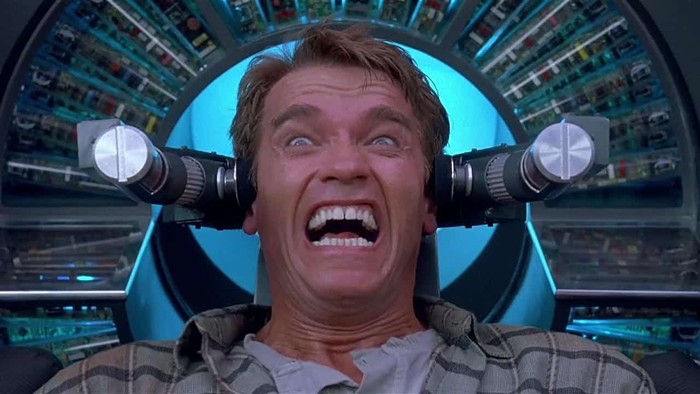VISIT THE MERCURY OFFICES—or the offices of any alt-weekly, really—and you're bound to be disappointed. While expectations may be of insane writers flinging around jokes and rubber dildos (which we sometimes do), more often than not it feels like an actuary's office. That's because writing—comedy, or otherwise—is usually done quietly, away from the world. And that's the primary challenge with making a documentary about a print product—it just works better in print.
Like many writers, I was significantly inspired by National Lampoon, a humor magazine that existed from 1970 to 1998 and spiraled into radio, books, records, live theater, and film. It defined comedy for the better part of two decades, and even today, some of its articles rank as the most sharply written prose I've ever read. Unfortunately, that's not what you'll get from Drunk Stoned Brilliant Dead: The Story of the National Lampoon, a documentary on the magazine's meteoric rise and fall. What you get is interesting... it's just not enough.
Drunk Stoned Brilliant Dead uses talking heads and quick flashes of Lampoon's classic art to track the magazine's growth from trashy periodical to sketch comedy and movies (like Animal House and Vacation), and its mercurial, brilliant writers like founder Doug Kenney and the wildly underrated Michael O'Donoghue. However, other than the quickly touched-upon story of how Lorne Michaels stole the company's best talent (including John Belushi, Gilda Radner, and Chevy Chase) to create Saturday Night Live, the real joy comes from those fleeting glimpses of articles readers would love to revisit, like O'Donoghue's "A Child's Letters to the Gestapo," and "How to Write Good." That's where a print retrospective of National Lampoon would come in extremely handy—because frankly? Magazine offices are pretty boring.




















